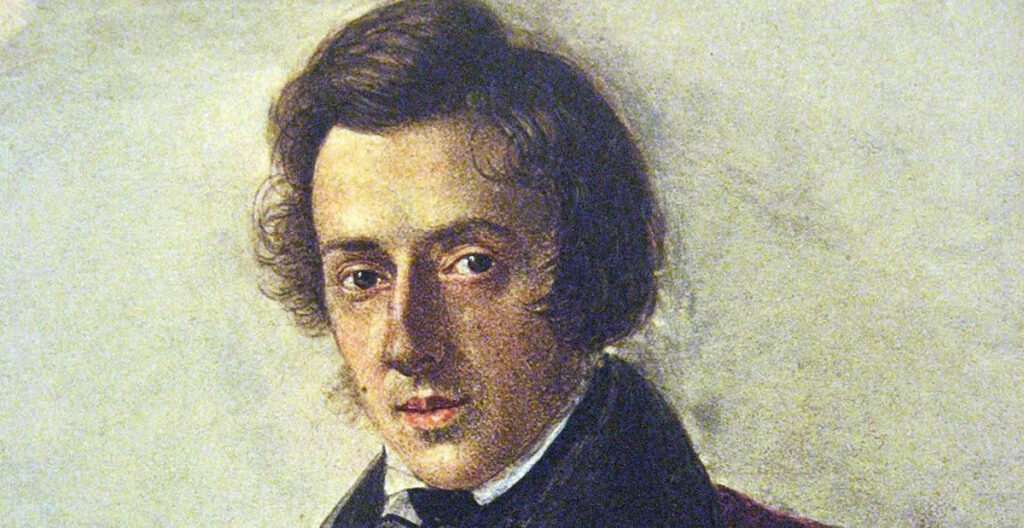Frédéric Chopin (1810–1849) was one of the most influential composers of the Romantic era, and among his most celebrated works are his Mazurkas, a series of compositions inspired by Polish folk dances. These pieces, rich in nationalistic spirit and musical innovation, remain some of Chopin’s most distinctive contributions to the piano repertoire.
Origins and Influence of Polish Folk Dance
The Mazurka originated as a traditional Polish folk dance from the Mazovia region, characterized by lively rhythms, syncopation, and triple meter. It was commonly performed in village festivities and courtly settings, often accompanied by instruments such as violins and bagpipes. By the late 18th and early 19th centuries, the dance had evolved into a refined salon piece performed in aristocratic circles. Chopin, who was deeply connected to his Polish heritage, transformed the folk Mazurka into an expressive and sophisticated form of art music.
Chopin’s Contribution to the Mazurka
Between 1825 and 1849, Chopin composed around 59 Mazurkas, published in various collections throughout his career. These works reflect his deep admiration for Polish music and incorporate elements such as:
- Rubato: A flexible tempo that enhances emotional expression.
- Modal and Chromatic Harmony: Innovations that give the music a unique tonal character.
- Ornamentation: Intricate embellishments reminiscent of folk-style improvisation.
- Dance Rhythms: Stylized patterns that capture the essence of the traditional Mazurka while expanding its artistic potential.
Evolution and Musical Characteristics
Chopin’s Mazurkas can be categorized into three general stylistic phases:
- Early Period (1825–1831): These pieces are closest to their folk origins, featuring simpler harmonies and direct dance rhythms. Examples include Mazurka in B-flat Major, Op. 7, No. 1.
- Middle Period (1832–1840): The compositions become more harmonically adventurous, featuring complex modulations and deeper expressiveness. Notable examples are Mazurka in A Minor, Op. 17, No. 4 and Mazurka in C-sharp Minor, Op. 30, No. 4.
- Late Period (1841–1849): The works take on an introspective and often melancholic character, blending folk elements with profound lyricism. One of the most famous pieces from this period is Mazurka in F Minor, Op. 68, No. 4, which was published posthumously.
The Mazurka as a Symbol of Polish Identity
Chopin’s Mazurkas are more than just piano compositions; they symbolize his longing for Poland, which he left in 1830 due to political turmoil. Living in Paris, he maintained a strong emotional connection to his homeland, and his music served as a poignant expression of national pride. His reimagining of the Mazurka inspired later composers, such as Alexander Scriabin, Sergei Rachmaninoff, and Karol Szymanowski, who expanded on his innovations.
Conclusion
Chopin’s Mazurkas stand as a testament to his genius in blending folk traditions with profound artistic depth. They continue to be performed and admired worldwide, representing not only the beauty of Polish culture but also the emotional depth and innovation that define Chopin’s legacy. Whether playful, melancholic, or deeply expressive, each Mazurka captures the spirit of Poland through the hands of one of history’s greatest composers.


Comments are closed